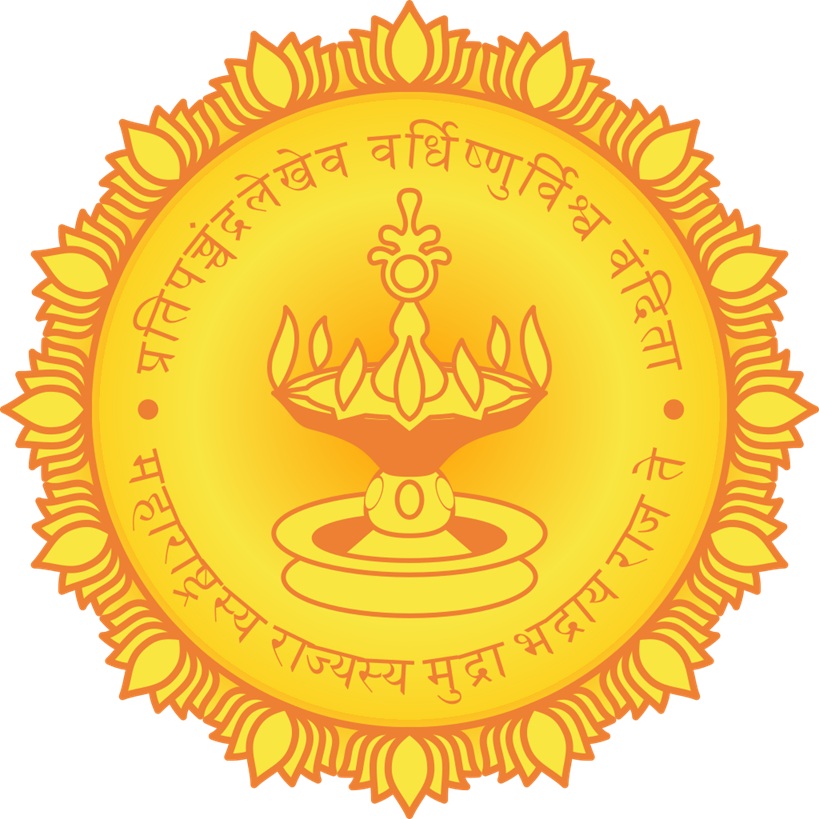Relief and Rehabilitation DBT
Summary of Assistance Provided by Relief and Rehabilitation Department
List of 12 Natural Disasters Notified by the Central Government
| 1. Cyclone | 7. Hailstorm |
| 2. Drought | 8. Landslide |
| 3. Earthquake | 9. Avalanche |
| 4. Fire | 10. Cloudburst |
| 5. Flood | 11. Locust Attack |
| 6. Tsunami | 12. Cold Wave and Severe Cold |
List of 6 Additional Natural Disasters Notified by the State Government
| 1. Unseasonal Rain | 4. Sea Surge |
| 2. Heavy Rains | 5. Accidental Fire |
| 3. Lightning | 6. Continuous Rains |
The assistance rates and criteria for damages caused by the above-mentioned notified natural disasters are specified in the Government Resolution dated 27/03/2023. A summary of the assistance provided under this resolution is as follows:
| Sr. No. | Item | Assistance Rates and Criteria under SDRF |
|---|---|---|
| 1 | Financial assistance to families of deceased persons | ₹4.00 lakh, subject to certification of cause of death by the appropriate authority |
| 2 | Financial assistance for loss of organ or eyesight |
|
| 3 | Hospitalization due to injury |
|
| 4 | Completely destroyed pucca/kutcha houses |
|
| 5 | Partially damaged houses (minimum 15%) |
|
| 6 | Hut | ₹8,000 per hut |
| 7 | Cattle shed | ₹3,000 per shed |
| 8 | Dead livestock |
|
| 9 | Crop damage |
|
| 10 | Agricultural land damage |
|
| 11 | Fisheries |
|
Note
For detailed criteria and related information, please refer to the Government Resolution dated 27/03/2023.
For any additional information pertaining to relief, kindly contact the respective Tahasil/ Collector office
Natural Calamity Crop Loss Relief Process
- Panchnama Process
- Government officials conduct panchnama of the affected area
- Panchnama is submitted to the Tahsil office
- All data from the district is collated at the Collectorate level
- Divisional Commissioners prepares a proposal from all relevant districts and submit to the government
- Government Approval
- Upon receiving these proposals, the government issues a Government order sanctioning relief amount for affected districts
- Online Portal
- To streamline the payment disbursal process through online portal (DBT)
- Panchnama details uploaded on portal from the Tahsil level.
- Data undergoes sanity checks before being presented to Collector for approval.
- Vishisht Kramank Number (VK Number)
- Post approval from Collector, a unique ID called Vishisht Kramank Number (VK Number) is generated in the system for each eligible record/ application
- List of beneficiaries is published in Tahsil using various available mediums at tahasil/ Grampanchayat level
- e-KYC Process
- Affected farmer notes the VK number of their area’s panchnama and visits Aaple Sarkar Seva Kendra
- Through e-KYC process, farmer can validate the data uploaded by government officials
- and complete the Aadhaar authentication
- The entire e-KYC process is completely free of cost for farmers
- Payment
- Once e-KYC process is completed, the record is ready for payment
- Payments are made in a timely manner to Aadhaar-seeded bank accounts
Important Information
For any complaints or assistance, contact your nearest Tahsil office.
This entire relief process is completely free of cost to the farmers. From 2023, Government has disbursed relief amount of nearly Rs. 14,000 crore to farmers


